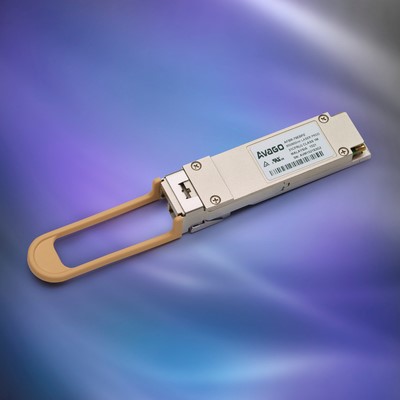New technologies and advancements occur in stages and steps. First generations of any new technology must first prove they work and are well engineered. Successive versions and revisions can improve performance, lower cost, and shrink sizes. But, if the first generation of a technology does not catch on, it may not supplant the older technology it is slated to replace.
Related to this is when new technology is used to improve an existing technology. For example, the use of the Vertical Cavity Surface Emitting Laser (VCSEL) in fiber-optics transmitters is not new, but it took a long time for manufacturers to get the recipe right. True legal issues and patent issues kept many from taking advantage of this technology until other ways to fabricate this proved effective.
The point is, as end users, we oftentimes are unaware of the problems that have been solved and the innovation being presented to us when we update our technologies. This is especially true when a new generation of products is introduced that improves performance in some way incrementally (e.g. smaller, faster, lower power, but does the same thing as older generations did).
Taking an existing technology and pushing the state of the art forward can include the ability to make something manufacturable on a large scale. Take Ethernet for example. First-generation 10-BaseT 1 and 10 Mbit/sec serial rates were an order of magnitude faster than the asynchronous UART-based packets that typically ran at 19.2 Kbits/sec. It served very well. Files were relatively small and text and low-resolution graphics (by today’s standards) could satisfy the real-time needs of most users.
Incremental updates in the shadows included integrated Mac’s and Phys, then monolithic solutions, and then incorporating those solutions inside a high-end processor. It wasn’t long after that CAT cabling allowed 10/100 Mbit sec transfers and switches and routers became monolithic—and, just in time.
We are seeing more than an exponential growth with the personal and corporate need for data. Every day, a newer or updated application boasts higher resolution, faster speeds, better responsiveness, etc. which is driving our need for speed further at a faster rate.
This is a challenge for our data centers and the entire infrastructure supporting our connectivity. If parts and equipment suppliers aren’t able to provide efficient and scalable solutions, then our data centers become obsolete or infeasible very quickly.
This trickles down to the endpoint as well. With fiber to the house now becoming more commonplace than ever before, even higher bandwidth services and devices will push the need for even higher data rates all throughout the network and infrastructure. This is why relatively unnoticed incremental improvements matter.
It’s one thing to meticulously produce working parts in a lab, but, to mass-produce the new technology reliably is a milestone. An example is the Avago announcement that it is offering the new AFBR-79EBPZ 40 G bi-directional QSFP+ transceivers with general availability. The multi-mode fiber technology is based on a 2×20 G optics which allows older 10 G duplex multi-mode fiber installations to update to 40 G for runs up to 150 meters using OM4 fibers (See Fig. 1).

Don’t discount this ever-increasing trend, even to the end house or apartment. Expect to see higher resolution video as well as holographic display systems emerging. With holographic displays, color, intensity, and phase information is needed, and a new angular resolution war will begin, as long as the pipeline can handle the data rates.
Fig. 1: Hot-Swappable QSFP+ 40 G units use two fibers instead of 8 to achieve 40 G bi-directional communications. This lets older 10 G modules be replaced to increase data density 4 times without modifying the infrastructure.
This allows only two fibers to be used instead of eight and provides higher traffic utilization over an existing infrastructure. The compliant hot-pluggable QSFP+ SFF-8436 and IEEE 802.3ba-2010 performance will allow a more seamless transition when retrofitting data centers, repeaters, routing stations, and end-user locations as well. A handy two-wire serial-management interface allows expanded functionality.
Advertisement
Learn more about Avago Technologies





